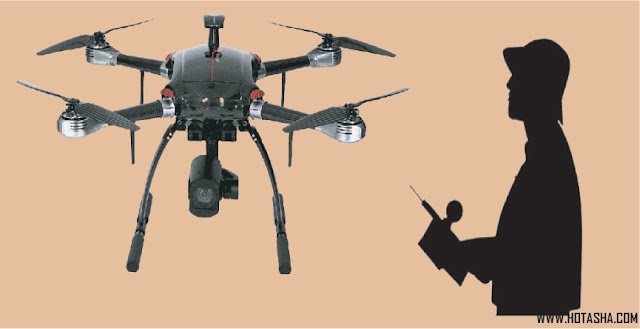Star delta motor starter is the most
commonly used method to start three phase induction motor. A dual motor starter connects the
motor terminals directly to the power supply. Hence, the motor is subjected to
the full voltage of the power supply. Consequently, high starting current flows
through the motor. But this type of starting is suitable for small motors below
5hp. Although dual motor starters are available for motors less than 150kW on
400V and for motors less than 1MW on 6.6kV. Supply reliability and reserve
power generation dictates the use of reduced voltage or not to reduce the starting
current of an induction motor the voltage across the motor need to be reduced.
This can be done by
- Autotransformer starter.
- Star-delta starter or
- Resistor starter.
In
dual starter the motor is directly fed from the line and in star delta starter
than motor is started initially from star and later during running from delta.
This is a starting method that reduces the starting current and starting
torque. The motor must be delta connected during a normal run, in order to be
able to use this starting method.
The received starting current is about 30% of the starting current during direct on line start and the starting torque is reduced to about 25% of the torque available at a D.O.L start. Star/Delta starters are probably the most common reduced voltage starters in the 50Hz world. They are used in an attempt to reduce the start current applied to the motor during start as a means of reducing the disturbances and interference on the electrical supply.
How
it works?
The Star/Delta starter is manufactured from three contactors, a timer and a thermal overload. The contactors are smaller than the single contactor used in a Direct on Line starter as they are controlling winding currents only. The currents through the winding are 58%of the current in the line. This connection amounts to approximately 30% of the delta values. The starting current is reduced to one third of the direct starting current.
There
are two contactors that are close during run, often referred to as the main contactor
and the delta contactor. These are rated at 58% of the current rating of the
motor. The third contactor is the star contactor and that only carries star
current while the motor is connected in star. The current in star is one third
of the current in delta, so this contactor can be rated at one third of the
motor rating.
In
operation, the Main Contactor and the Star Contactor are closed initially, and
then after a period of time, the star contactor is opened, and then the delta
contactor is closed. The control of the contactors is by the timer built into
the starter. The Star and Delta are electrically interlocked and preferably
mechanically interlocked as well. In effect there are four states:
OFF
State: In this
state, all Contactors are open.
Star
State: In this
state, the main and the star contactors are closed and the delta contactor is
open. The motor is connected in star and will produce one third of DOL torque
at one third of DOL current.
Open
State: The main
contactor is closed and the Delta and Star contactors are open. There is
voltage on one end of the motor windings, but the other end is open so no
current can flow. The motor has a spinning rotor and behaves like a generator.
Delta
State: The Main
and the Delta contactors are closed. The Star contactor is open. The motor is
connected to full line voltage and full power and torque are available.
This
type of operation is called open transition switching because there is an open
state between the star state and the delta state. Besides it has some advance
and disadvantage also.
Advantages
of Star-Delta starter
- The operation of star-delta method is simple and rugged.
- It is relatively cheap compared to other reduced voltage methods.
- Good Torque/Current Performance.
- It draws 2 times starting current of the full load ampere of the motor connected.
Disadvantages of Star-Delta Starter:
- Low starting Torque.
- Break In Supply – Possible Transients
- Six Terminal Motor Required.
- It requires 2 set of cables from starter to motor.
- It provides only 33% starting torque and if the load connected to the subject motor requires higher starting torque at the time of starting than very heavy transients and stresses are produced while changing from star to delta connections, and because of these transients and stresses many electrical and mechanical break-down occurs.
- In this method of starting initially motor is connected in star and then after change over the motor is connected in delta. The delta of motor is formed in starter and not on motor terminals.
- High transmission and current peaks: When starting up pumps and fans for example, the load torque is low at the beginning of the start and increases with the square of the speed. When reaching approx. 80-85% of the motor rated speed the load torque is equal to the motor torque and the acceleration ceases. To reach the rated speed, a switch over to delta position is necessary, and this will very often result in high transmission and current peaks. In some cases the current peak can reach a value that is even bigger than for a D.O.L start.
- Applications with a load torque higher than 50% of the motor rated torque will not able to start using the start-delta starter.













0 Comments